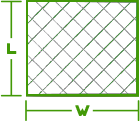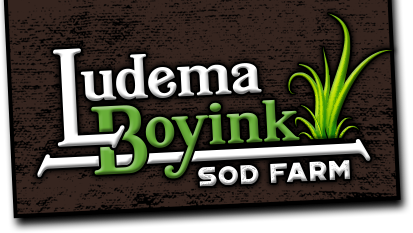Sod Frequently Asked Questions


Measure the length and width of the area that you want to cover with sod.

Ludema & Boyink Sod Farm supplies quality sod to landscapers, lawn care services, and homeowners in West Michigan, Lansing, Grand Rapids, Holland, and surrounding areas.
Our sod is fresh cut daily (weather permitting) to ensure maximum quality and vitality of the grass. We grow 100% Kentucky Blue Grass with certified weed-free seed in peat fields on our 250 acre farm in Clarksville, Michigan.

Your lush green backyard paradise is just a roll away!






